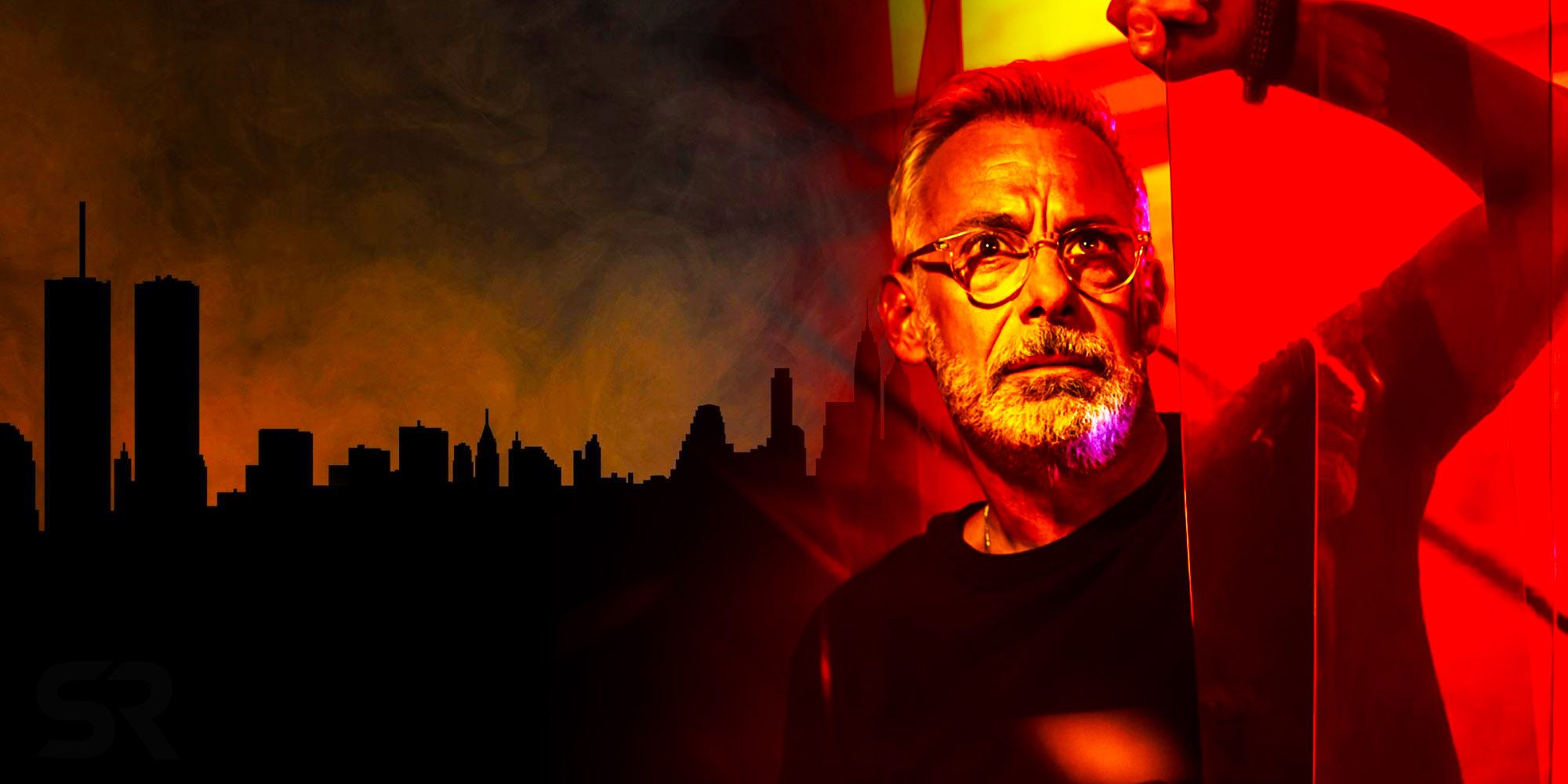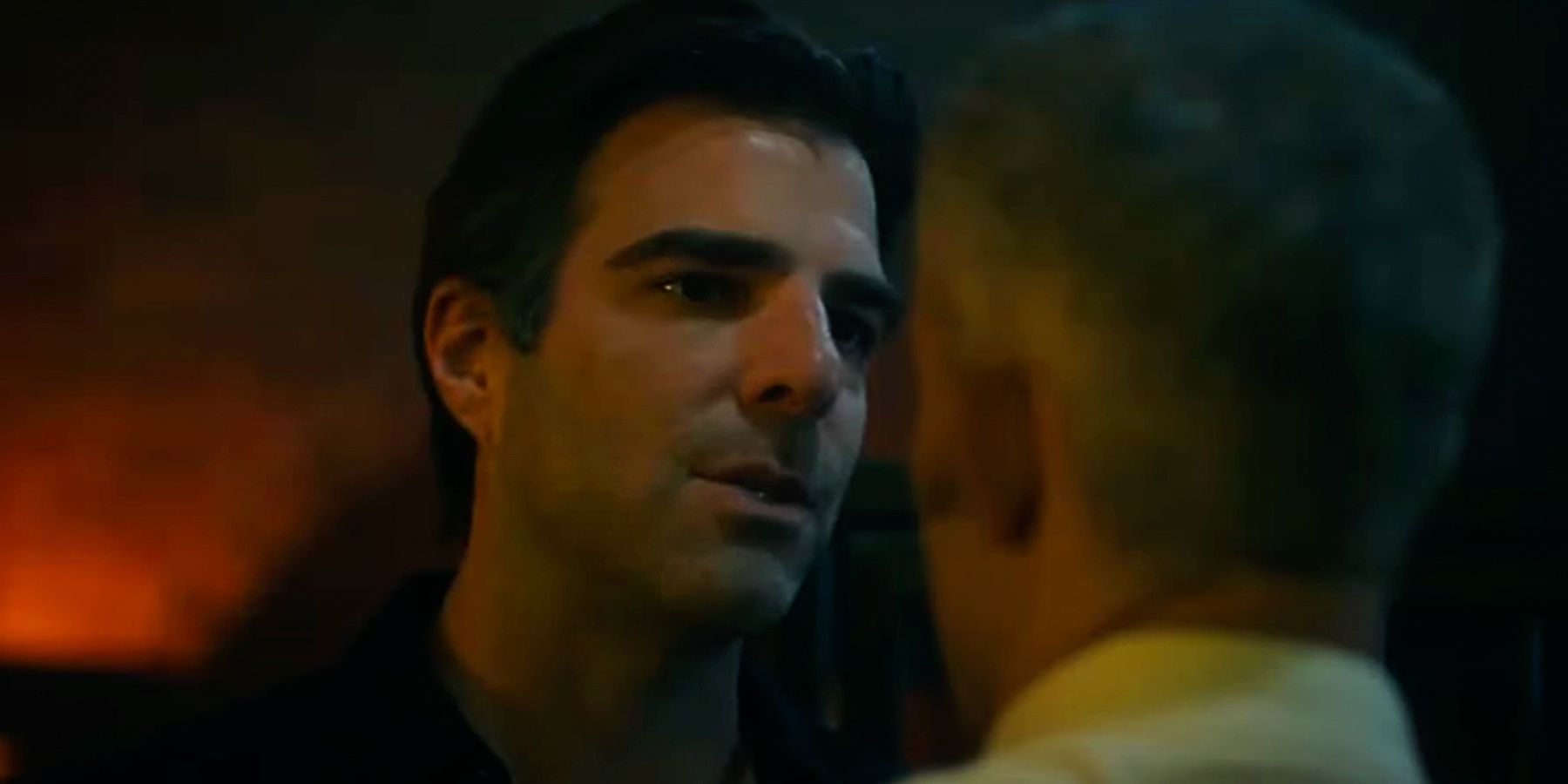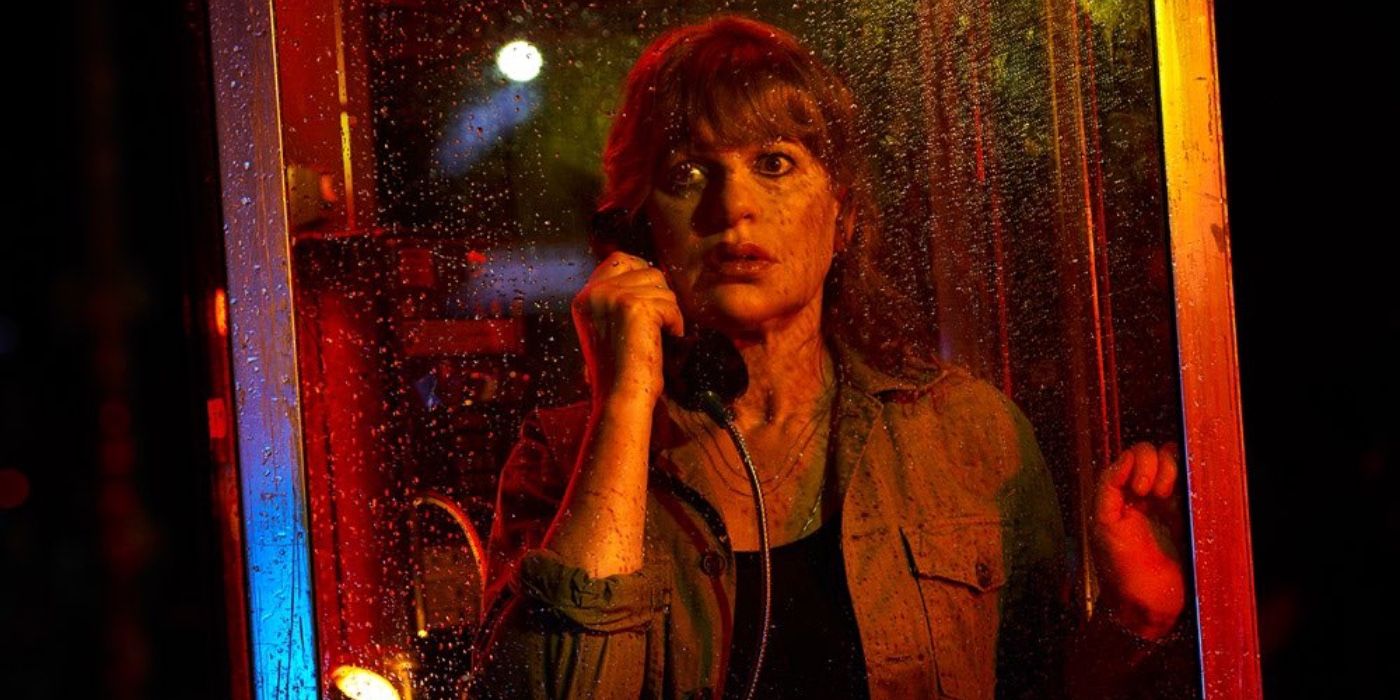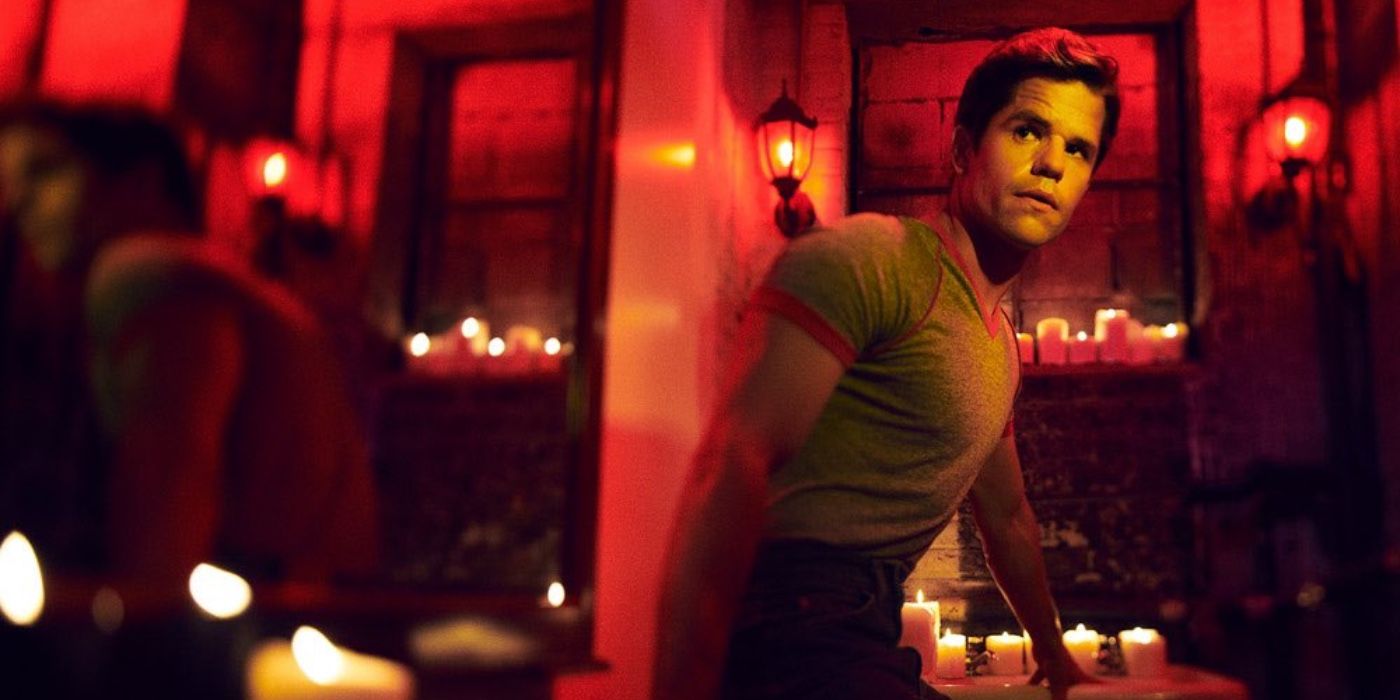WARNING! Spoilers ahead for American Horror Story season 11, episode 4!American Horror Story season 11’s serial killer chase becomes far more dangerous as New York City experiences a blackout, which is based on the location’s true history regarding power failure. Power slowly goes out across New York City for the characters in American Horror Story season 11, episode 4, “The Choke of Shame,” with the Mai Tai Killer using the darkness to his advantage. As the fans stop working, elevators become stuck, and streetlights go dark, the growing sense of uncertainty and danger leads the gay community to take action against those attacking them. As Adam begins organizing, others take it upon themselves to search for the Mai Tai Killer and the ominous Big Daddy in the darkness.
New York City has had a notable history of blackouts, with the absence of light adding another ominous layer to the city’s reputation for crime. As such, American Horror Story: NYC episode 4’s blackout isn’t simply a convenient device used to enhance episode 4’s suspense, as the widespread darkness in the city truly did lead to an increase in crime (via CUNY). While American Horror Story season 11 changes a few key details, the 1981 blackout is a relatively accurate historical backdrop for the season’s concerns in the gay community.
Was There Really A New York City Blackout In 1981?
There truly was a blackout in New York City in 1981, but it wasn’t as devastating or extreme as American Horror Story season 11 depicts. On September 9, 1981, New York City experienced a four-and-a-half-hour blackout caused by an explosion and fire in a power station. The power outage affecting Manhattan spread from Times Square to the Battery, and was noted as one of the first big New York City blackouts since 1977 (via New York Times).
As depicted in AHS: NYC's true event, the 1981 Manhattan blackout caused elevators to stall and a small uptick in crime. However, American Horror Story seems to exaggerate the heat that was experienced during the 1981 blackout. The weather report for September 9 in New York City included a high temperature of only 75 degrees Fahrenheit (via Almanac), so it’s not entirely accurate that the overwhelming heat contributed to the panic in the true story of New York City’s 1981 blackout.
NYC's History Of Blackouts Explained (& When They Happened)
New York City has had a long history of blackouts, many of which led to devastating consequences and chaos erupting within the city. The first major blackout was in 1965, which left over 30 million people across the Northeast without power for over 13 hours. However, this blackout wasn’t nearly as catastrophic as the notorious 1977 New York City blackout. It seems the exaggerations from American Horror Story season 11’s episode were taken from the 1977 event, which lasted from July 13-14. This blackout led to citywide looting, elevated crime rates, higher reports of arson, and vandalism.
Similar to the panic in American Horror Story: NYC’s blackout regarding the Mai Tai Killer and Big Daddy, the real-life 1977 New York City blackout occurred amid widespread terror of the Son of Sam serial killer. It was also during the 1977 blackout that New York City was experiencing a heat wave contributing to the event’s disorder, not American Horror Story season 11’s 1981 power outage. While there was a mass arrest that led to nearly 4,000 New Yorkers being apprehended (via NYT), it doesn’t seem that this event led to more crimes for serial killers like Big Daddy in AHS: NYC.
New York City has also experienced several more big blackouts since American Horror Story’s 1981 timeline. The next major outage was in 2003, which impacted much of the Northeast and lasted anywhere between two hours and two days in the area. The event also affected transportation, cellular communication, and water access, with the heat wave exacerbating the city’s worries. Manhattan suffered another significant blackout in 2019, which occurred on the 42nd anniversary of the devastating 1977 outage. This blackout lasted approximately five hours, with one of the most significant consequences being people trapped in elevators and subway cars (via NYT).
What AHS: NYC Gets Right About NYC Blackout
When considering the city’s unrest and panic around that time in real life, American Horror Story’s version of New York City's 1981 blackout is still quite believable. In AHS: NYC episode 4, several characters are stuck in elevators, lights go out in the parks, and some use the darkness to their advantage in order to commit crimes in the open. Considering there were significant reports of these occurrences during the real-life 1977 blackout, American Horror Story: NYC gets the response to blackouts right. However, since reports of widespread destruction, panic, and crime seem to be contained to the 1977 New York City blackout, American Horror Story season 11’s 1981 blackout is more representative of its time and cultural climate than all blackouts.
New episodes of American Horror Story stream Thursdays on Hulu.




